Higgins
This paper reviews research on the ”communication game” (Higgins, 1981a) that supports two sets of conclusions. The first set of conclusions concerns communication as social action: (a) Communicators tailor their summary of target information to suit their audience’s knowledge of or attitudes toward the target; that is, they achieve ”shared reality” with their audience and thereby perform a social action. (b) Communicators’ different motivations to achieve ”shared reality” with their audience influences the extent to which they tailor their message to suit the audience, as evident in ”super-tuning”, ”anti-tuning”, and ”non-tuning”. (c) When there is a delay between successive messages about a target, communicators’ use their first message to construct their second message even though the two audiences have different characteristics. The second set of conclusions concerns how communication as social action creates meaning: (a) Communicators use their message summaries about a target as a direct source of information about the target even when the message distorted the original target information to suit the audience, and these message summaries in turn influence the communicators’ own memory and impressions of the target. (b) As the delay since communicating about the target increases, communicators’ use of their message as a source of target information persists or even increases. (c)Communicators’ messages about a target to suit their audience can have either beneficial or detrimental effects on the accuracy of their memory and impressions of the target. | |

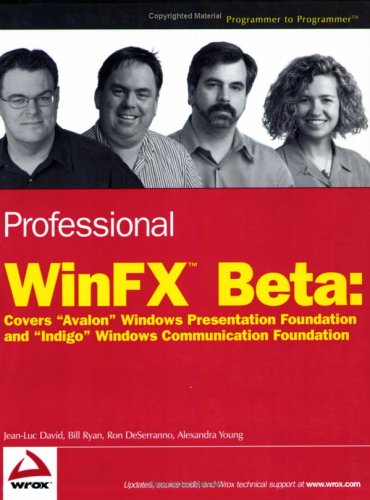
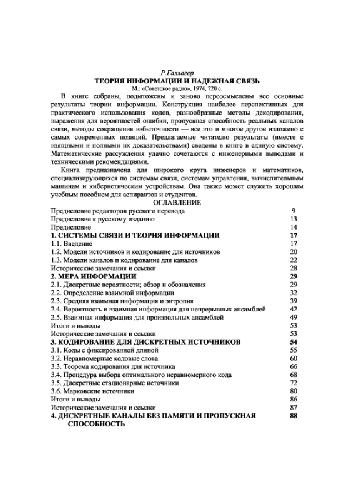
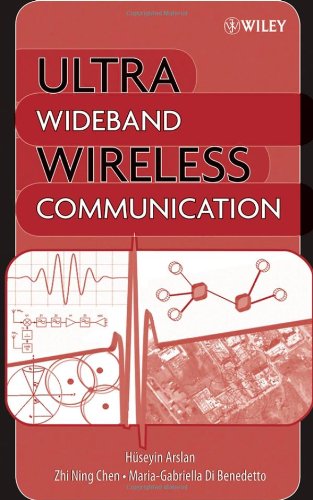
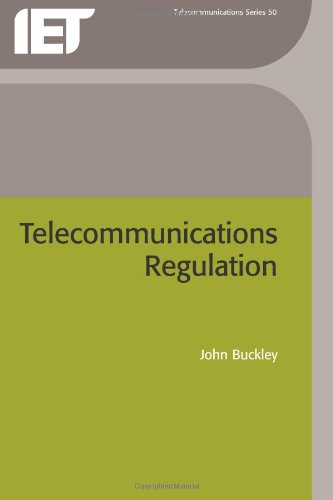
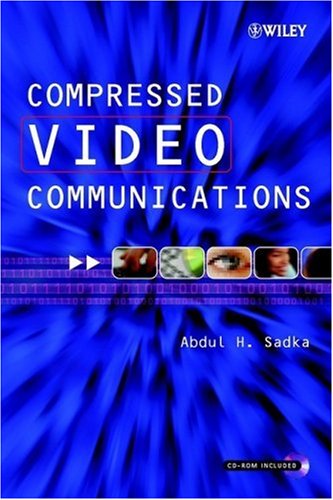
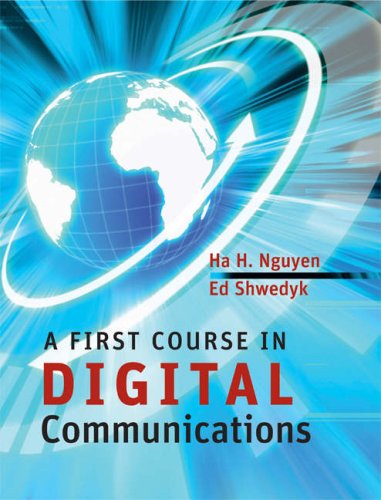
Reviews
There are no reviews yet.